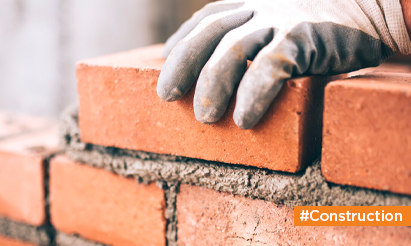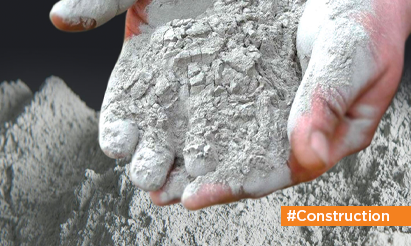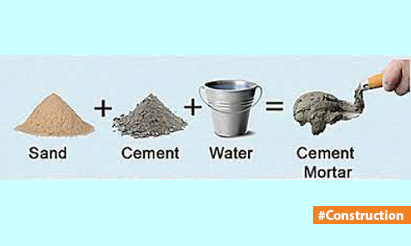WBM Roads: The Cost-Effective Solution for Low-Volume Traffic Areas!
WBM stands for Water Bound Macadam, which is a type of road construction method used to build low-cost and durable roads. It is a simple yet effective way of building roads in areas with low traffic volume, where conventional methods of road construction are not feasible.
The construction of a WBM road involves several layers of materials that are laid one after the other. The first layer is the sub-grade, which is the natural soil on which the road is built. The sub-grade is compacted and leveled to provide a stable base for the road.
On top of the sub-grade, a layer of crushed stones or gravel is laid. This layer is called the sub-base and is typically around 10-15cm thick. The sub-base is also compacted to create a solid and stable foundation for the road.
Next, a layer of smaller stones or aggregates is laid on top of the sub-base. This layer is called the base course and is typically around 7-10cm thick. The base course is also compacted and leveled to provide a smooth surface for the wearing course.
Finally, a layer of finer aggregates, such as screenings or quarry dust, is laid on top of the base course. This layer is called the wearing course and is typically around 5-7cm thick. The wearing course is compacted and rolled to create a smooth and hard surface that can withstand regular traffic.
Overall, the WBM road construction method is a cost-effective and practical solution for building low-volume roads in areas with limited resources and infrastructure. It is a time-tested method that has been used for many years and can provide a durable and long-lasting road surface if constructed and maintained properly.
Disclaimer: The views expressed above are for informational purposes only based on industry reports and related news stories. PropertyPistol does not guarantee the accuracy, completeness, or reliability of the information and shall not be held responsible for any action taken based on the published information.




